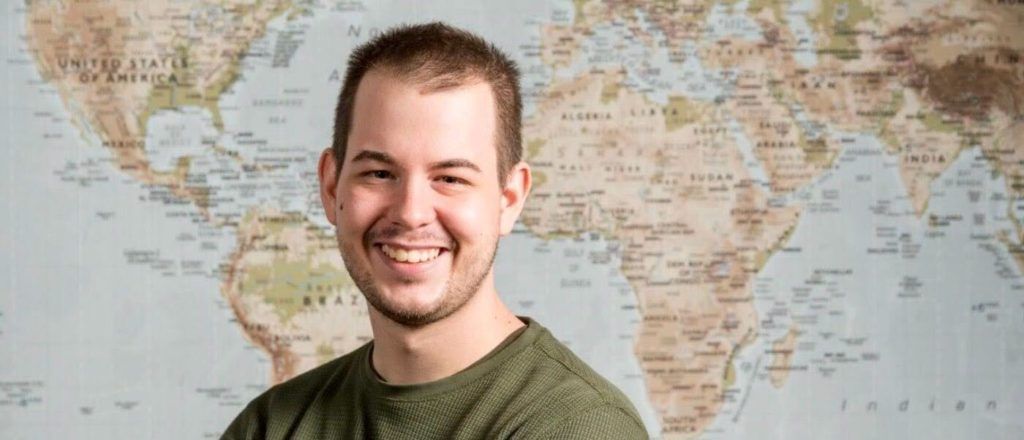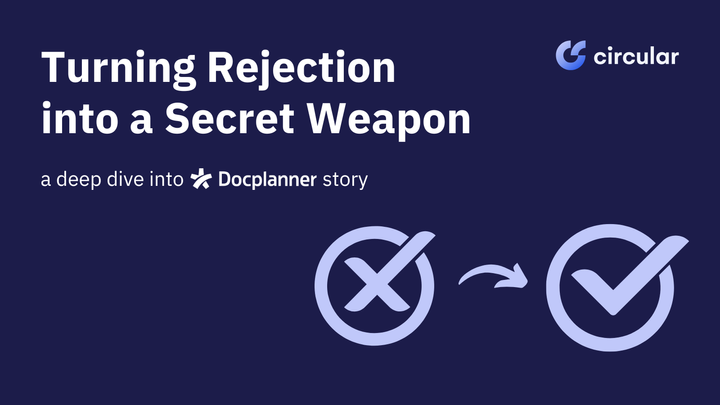Recruiting Remotely with Jose Martín-Corral | CARTO

From smartphones to connected cars, location data is changing the way we live and the way we run businesses. Everything happens somewhere, but visualizing data to see where things happen isn’t the same as understanding why they happen there. CARTO is the world’s leading Location Intelligence platform, enabling organizations to use spatial data and analysis for more efficient delivery routes, better behavioural marketing, strategic store placements, and much more. Today Jose Martín-Corral, HR & Recruitment at CARTO, shares with us their best practices on remote hiring processes, remote onboardings, candidate experience and more!
Remote hiring processes
For us, hiring processes haven’t changed much, because even before the global pandemic we were used to doing hiring processes remotely. With the exception of the last interview, which we used to do in person for candidates who lived near our offices. Our standard hiring process consists of:
- An interview with human resources: candidates will have the first interview with HR and we introduce the company and talk about how this person could fit the role and the team.
- Technical test: we ask them to solve a real problem that has been previously solved within the company. We ask them to tackle the same issues we do so they better understand what their day to day would look like at CARTO. There is no time limit, but this will usually take them about a week.
- Team interview: in this interview, the team reviews the test with the candidate, and delve deeper into the technical side of the job.
- Final interview: the CTO will ask them some extra technical questions in order to conclude the hiring process with all the info we need. We used to do this remotely unless the person was from Madrid or Sevilla, where we have offices, in which case we would invite them to visit us. If the candidate fits the role, we make them an offer.
At CARTO Spain we would normally have 30% of our employees working remotely and 70% from our offices in Madrid and Sevilla, but with the current situation, 90% of us are now working remotely.
As for the tools we use to make this process flow nicely, the most important part is that we create a recruitment guidebook for every job opening. This is a guide for everyone involved in the process (HR, interviewers, test reviewers, etc.), so they know in advance what the steps are and they have all the information close at hand. This includes who is going to participate, what questions are going to be asked during each phase of the process, what the most important things to look for are, etc. It is a very well-structured process and this is something that is especially important when hiring remotely. We use an ATS, so we are able to see what candidates are in the process with just a glance and to add the notes we consider necessary. With remote recruitment, the coding tests are more important than ever. With in-person interviews, you’ll have more information about the candidate, but it is also easier to be biased. In this way, holding remote interviews ends up being more efficient because you only focus on those things that really matter. In the end, for us, a good fit doesn’t mean that the candidate is someone you’d like to go out for a beer with, but rather someone you are excited to work with.
Remote onboardings
Remote onboardings have been a real challenge for us. We were used to inviting new hires to spend their first 2 weeks at our offices in Madrid, Sevilla, New York, or London, depending on their location. Many aspects of in-person onboardings were simpler, especially as regards logistics, things like preparing an onboarding package with a mug, a t-shirt, and their new laptop. Now we know that we have to send all of this some days in advance, and that requires more organization. Also, it is also easier for the candidate to really understand the company culture when they can meet their colleagues in the office. However, we have dealt with this issue by implementing two elements:
- Buddies: two colleagues will become the guides for the person starting at CARTO and their mission is to set up a call every couple of days to check how the new employee feels or and ask if they have any questions.
- Regular calls with co-workers: we organize calls with the colleagues they are going to work with. This usually consists of two calls per day, during their first couple of weeks, so they are able to understand who is who and who to ask when they need support.
With these two practices, we’ve been able to promote team relationships and make up for the lack of in-person talks.
Remote onboardings have also made us aware of some shortcomings that were being solved organically in person, but now we’ve formally added to our process. We haven’t yet heard the opinion that in-person onboardings are better than the remote onboardings we’re currently doing. On the contrary, employees mention that they appreciate that we care for them and that we don’t leave them hung out to dry.
Good Candidate Experience Practices
As I mentioned before, we haven’t changed our processes much since most of the steps were done remotely anyways. However, as is the case for many companies around the world, we’ve been affected by the COVID-19 situation, having to lay off some of our employees. This has pushed us to react fast in order to improve candidates’ and employees’ feelings about us. It has been necessary to reinforce transparency and honesty about our day-to-day operations and to mitigate any negative perceptions.
Thus, we have strived for more transparency in our hiring processes – in the job description itself, we explain how the process is going to be and which members they are going to work with. To this end, we ensure that the hiring process is well organized even before publishing the job offer.
Tools you use for your recruitment processes

Apart from the ATS for recruitment, we sometimes use LinkedIn for sourcing. However, we have a good employer brand and we receive a large number of direct candidates. Every time we open a tech job vacancy, we also do it with Circular, and we’re very satisfied with the service. The quality of the candidates is extremely good – we have already hired 7 of them through Circular! Sometimes their quality is even better than the ones that come through employee referrals.
As you can see, Circular is a tool we use to source high-quality developers.
Circular saves us time since we are not forced to review 100 resumes at a time just to find a single high-quality candidate.



